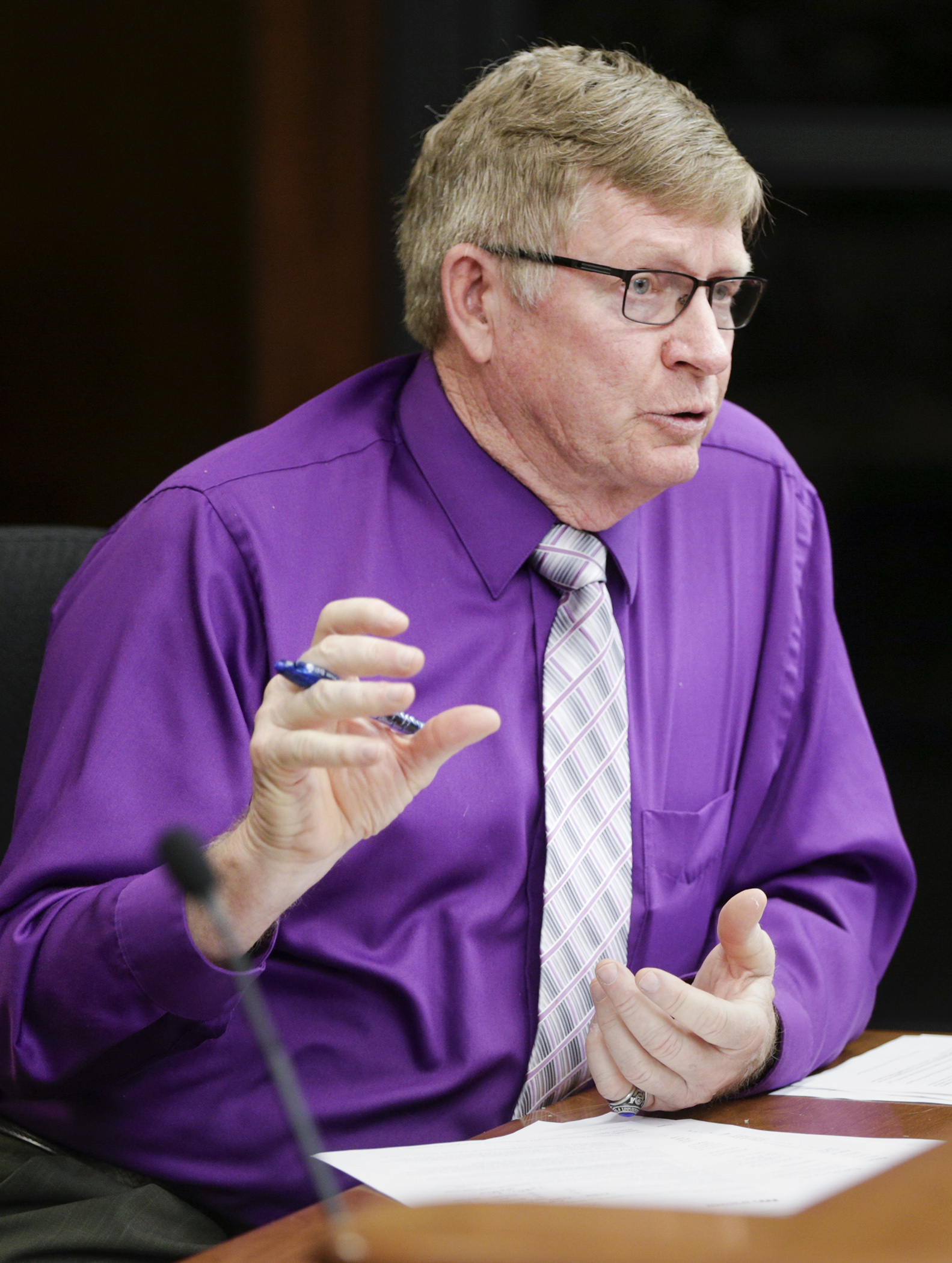Buffer tax credit plan draws bipartisan support —but funding a sticking point

Like the streams that flow through Minnesota farmland, lawmakers and Gov. Mark Dayton are moving in unison toward establishing a buffer strip property tax credit. But also like a stream, they diverge at certain points — in this case, funding.
Sponsored by Rep. Paul Anderson (R-Starbuck), HF4395 would establish a tax credit of $50 per acre for property required to be maintained as a buffer strip. The bill was heard Wednesday by the House Property Tax and Local Government Finance Division. No action was taken.
“My thought has always been that if the buffer law and buffer practices are a statewide benefit, then the state should help with the cost and the loss of income to the farmer for giving up those acres for land he puts into buffers,” Anderson said.
In order to qualify for the tax credit, land would have to have been tillable prior to its conversion into a buffer and must be identified as such on the Department of Natural Resources buffer-protection map.
The bill, which would draw tax credit dollars from the clean water fund, has the support of the Minnesota Famers Union, Minnesota Corn Growers Association and the Minnesota Farm Bureau.
The Department of Revenue also supports the bill, but recommends appropriations be drawn from the General Fund.
“This is a sensible, bipartisan proposal to support Minnesota famers who are working to protect clean water throughout our state,” said Paul Cumings, Revenue Department tax policy manager. “Governor Dayton supports this legislation, and he supports it being funded from the General Fund … as the clean water fund has limited specified purposes under the constitution.”
With 120,000 acres being converted to buffer strips, Anderson said the bill would present a $12 million impact on the clean water fund in its first year, and about $15 million in the following years.
The Senate companion, SF3960, sponsored by Sen. Bill Weber (R-Luverne), awaits action by the Senate Taxes Committee.
Related Articles
Search Session Daily
Advanced Search OptionsPriority Dailies
Ways and Means Committee OKs proposed $512 million supplemental budget on party-line vote
By Mike Cook Meeting more needs or fiscal irresponsibility is one way to sum up the differences among the two parties on a supplemental spending package a year after a $72 billion state budg...
Meeting more needs or fiscal irresponsibility is one way to sum up the differences among the two parties on a supplemental spending package a year after a $72 billion state budg...
Minnesota’s projected budget surplus balloons to $3.7 billion, but fiscal pressure still looms
By Rob Hubbard Just as Minnesota has experienced a warmer winter than usual, so has the state’s budget outlook warmed over the past few months.
On Thursday, Minnesota Management and Budget...
Just as Minnesota has experienced a warmer winter than usual, so has the state’s budget outlook warmed over the past few months.
On Thursday, Minnesota Management and Budget...